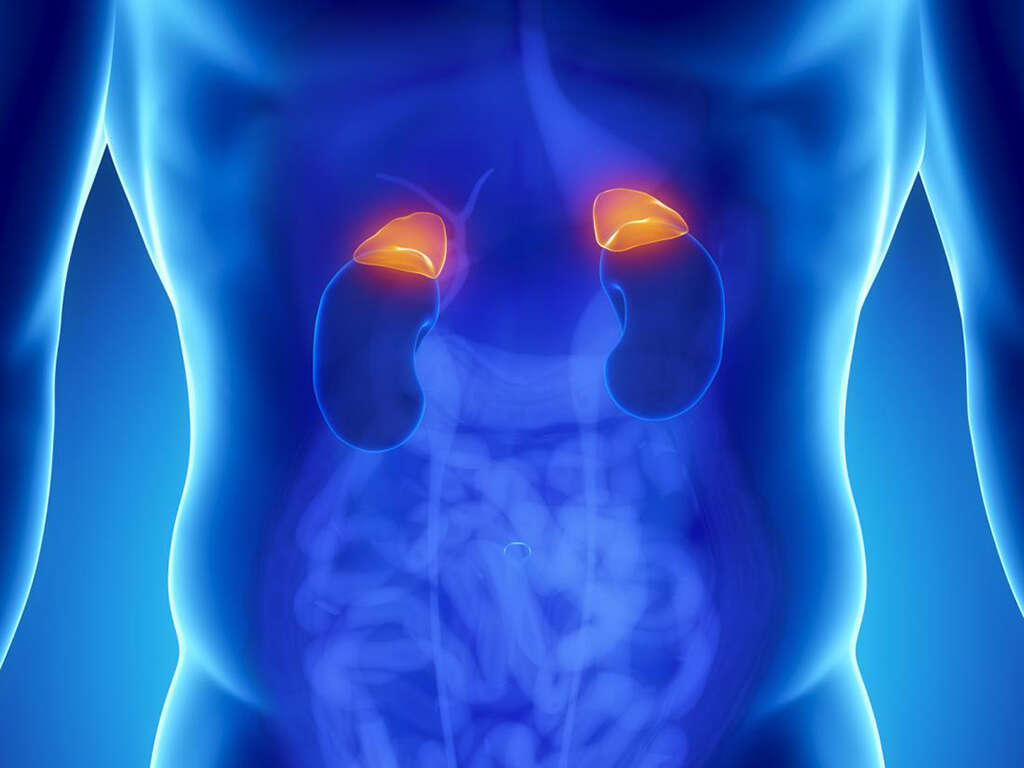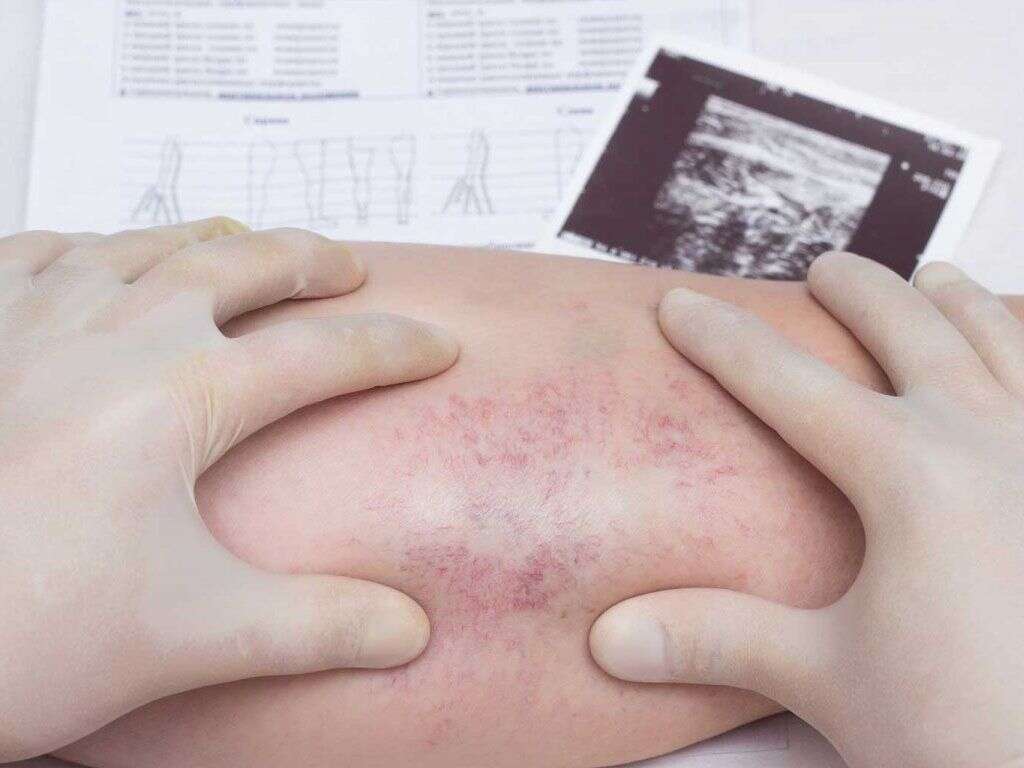Sialadenitis Definition, Causes and More
 Article Sources
Article Sources
- 1. 'Sialadenitis.' NORD (National Organization for Rare Disorders), rarediseases.org/rare-diseases/sialadenitis.
- 2. 'Sialadenitis.' Genetic and Rare Diseases Information Center, U.S. Department of Health and Human Services, 8 Nov. 2016, rarediseases.info.nih.gov/diseases/7638/sialadenitis.
- 3. Duong, Lucas T., et al. 'Management of Anterior Submandibular Sialolithiasis.' Journal of Oral Medicine and Oral Surgery, vol. 25, no. 2, 2019, p. 16., doi:10.1051/mbcb/2018039.
- 4. 'Sjogren Syndrome.' Genetic and Rare Diseases Information Center, U.S. Department of Health and Human Services, 2016, rarediseases.info.nih.gov/diseases/10252/sjogren-syndrome.
- 5. Dodds, Michael, et al. 'Saliva A Review of Its Role in Maintaining Oral Health and Preventing Dental Disease.' Nature News, Nature Publishing Group, 25 Sept. 2015, www.nature.com/articles/bdjteam2015123.
- 6. Wilson, Kevin F., et al. 'Salivary Gland Disorders.' American Family Physician, 1 June 2014, www.aafp.org/afp/2014/0601/p882.html.
4. Symptoms of Acute and Chronic Sialadenitis
Acute suppurative inflammation, which usually comes on suddenly with severe pain along with swelling of the affected area and fever, is often the result of a bacterial infection. Suppurative refers to the production of pus, which is usually accompanied by rapid swelling, redness, pain and extreme tenderness.6Wilson, Kevin F., et al. ‘Salivary Gland Disorders.’ American Family Physician, 1 June 2014, www.aafp.org/afp/2014/0601/p882.html.
Chronic sialadenitis can occur for no apparent reason and last for weeks or months. The main symptom is swelling of the gland, which can occur alone with no other symptoms. Patients may experience some, little or no pain.
Advertisement











